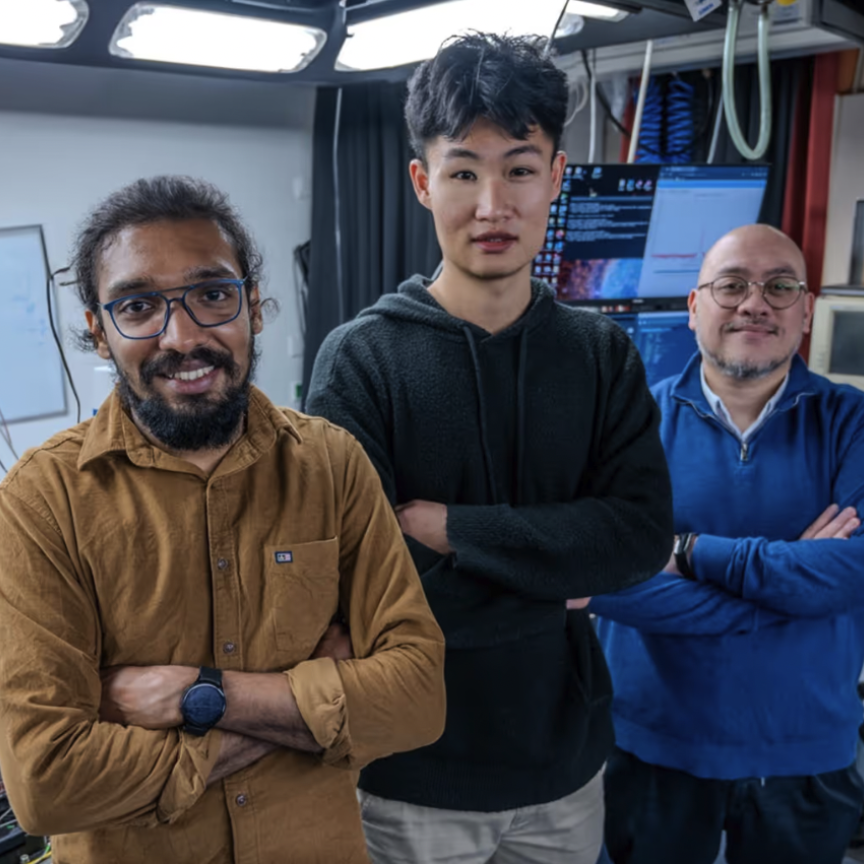Researchers have revealed a technique which may be able to slow down, stop and capture light. The technique would allow the use of light rather than electrons to store memory in devices such as computers, enabling an increase in operating capacity of 1,000 per cent by using light’s broad spectrum rather than single electrons.
Slow light could also be used to increase the speed of optical networks, such as the Internet, by slowing down data packets in the network to let others through in a similar method to traffic control. Previous attempts to slow and capture light have involved extremely low or cryogenic temperatures, and have been extremely costly.
Professor Ortwin Hess from the university of Surrey, England and Kosmas Tsakmakidis from the University of Salford, England, have plan to use a tapered layer of glass surrounded by two suitable layers of negative refractive index metamaterials to stop a a packet of white light in its tracks. The different component ‘colours’ of white light were trapped at different stages of the prism, thereby creating the ‘trapped rainbow’.
The negative index metamaterials that allow for unprecedented control over the flow of light have a sub-structure with tiny metallic components much smaller than the wavelength of the light and have recently been demonstrated experimentally for THz and infrared wavelengths. Covering the full rainbow colours in the visible frequency spectrum should be within reach in the very near future.

